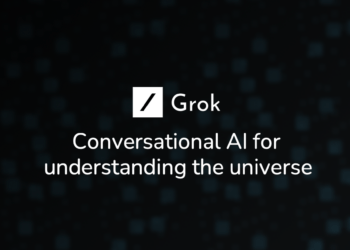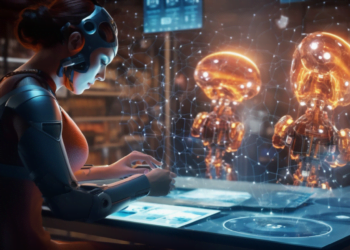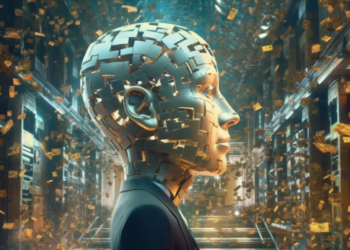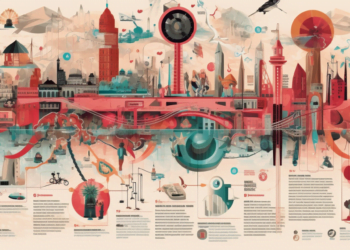At the intersection of machine learning (ML) and image and video analysis, a technological forefront is emerging that’s revolutionizing fields from medicine to data management in social networks. This synergy is constantly evolving, fostering breakthroughs that are already surpassing human capabilities in specific tasks of recognition and visual analysis.
Theoretical Foundations of Computer Vision Models
Computer vision is an area within machine learning that teaches machines to ‘see’ and understand the content of images and videos. The models of Convolutional Neural Networks (CNNs) have become the gold standard thanks to their ability to capture hierarchical patterns in visual data. Starting with the recognition of edges and textures in the initial layers, to the identification of complex objects in the later ones. The functioning of CNNs is inspired by the human visual cortex, where different neurons respond to distinct visual stimuli.
Advancing the Efficiency of Convolutional Neural Networks
More recently, architectures such as Capsule Networks have been developed, which attempt to model the spatial relationship between parts and the whole, to better handle variations in the orientation and position of objects in images. Further, Transformers, famous in natural language processing, are starting to transition to computer vision, with models like ViT (Vision Transformer) showing promising results by processing images as sequences of patches and capturing long-distance relationships between them.
Enhancing Authenticity using GANs
In the creation of images and video, Generative Adversarial Networks (GANs) represent a revolution. The antagonistic operation of two networks — the generative and the discriminative — allows for the creation of incredibly realistic images. Applications range from generative art to the creation of non-existent human faces. The level of detail and realism that can be achieved is pushing the boundaries of what might be detectable by the human eye, posing significant ethical and security challenges.
Refinement of Semantic Segmentation
Semantic segmentation, which classifies each pixel of an image under an object category, is fundamental in environments requiring a complete understanding of the scene, like autonomous vehicles. Progress in this area has been driven in part by DeepLab techniques, which use atrous convolution to capture contextual information at multiple scales, and by methods of neural architecture search (NAS) to optimize network construction.
Cutting-Edge Practical Applications
AI-assisted Medical Diagnostics
A significant area where ML is impacting is radiology. Deep learning models are being applied to detect diseases like cancer at early stages with precision, in some cases, exceeding that of specialists themselves. The drive of accessible and expert-annotated datasets has been essential, as demonstrated by the collaboration between Stanford University and Google, which produced an algorithm that identifies pneumonia in X-rays with unprecedented reliability.
Security and Surveillance Analysis
In security, real-time video analysis is being used to detect anomalous behaviors or identify individuals through facial recognition. Advances in processing efficiency now allow these tasks to be performed on devices with limited computing power, such as stand-alone security cameras.
User-generated Content and Moderation
In the digital realm, platforms like Facebook and YouTube use ML to moderate content on a massive scale and in real-time. In addition to recognizing explicit or violent content, these techniques are evolving to understand complex contexts and cultural nuances, though still with significant limitations and challenges.
Challenges and Outlook
Bias and Fairness in AI
Bias in artificial intelligence, especially in image and video analysis, continues to be a substantial hindrance. A promising approach to mitigate this is the use of more diverse datasets and the application of fairness in ML techniques, which seek to balance the representations learned by the models.
Robustness and Explainability
Robustness against deliberate alterations in images, known as adversarial attacks, and the explainability of models are two converging fronts in research. Explainability, in particular, is becoming a critical area to gain user trust in critical applications such as medical diagnosis.
Conclusion
Machine learning is transforming the production and analysis of images and video with applications that are redefining efficiency and precision in multiple industries. The ability of ML algorithms to continuously improve through data and feedback and their convergence with other cutting-edge techniques promise even more disruptive innovations. Ongoing advancements require ethical and regulatory scrutiny as much as technical exploration, ensuring that progress in this field is responsible and beneficial for society as a whole.






















